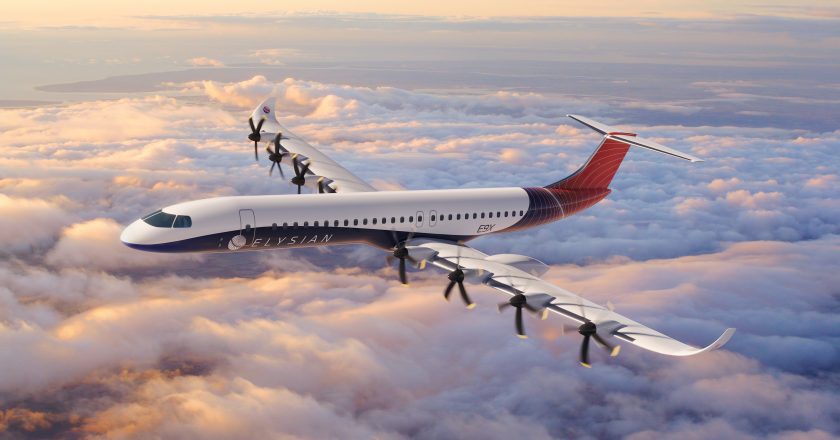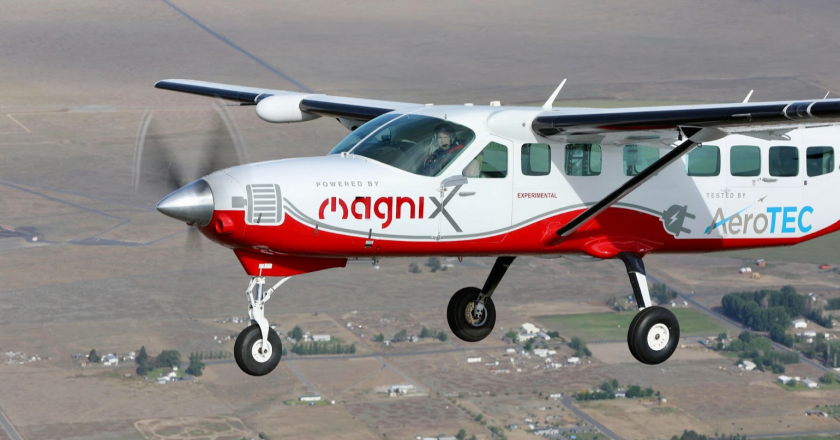Trust Me, I’m AI
Why we must learn how to accept uncertainty
James Perry, Editing Director
Image credit: Cryteria
Artificial intelligence is creeping into all walks of life as its potential uses are explored. Despite the many advantages such technology could bring, adoption into commercial aviation has been slower than elsewhere. We explore the reasons why, and how this can change.
In 2022, OpenAI released the first public version of ChatGPT [1]. The name easily rolls off the tongue nowadays, and few readers would not be familiar with it. Casting one’s mind back two years shows how much the world has changed in such a short amount of time. Two years ago, there was no way to put something on paper except by writing it yourself. There was no way to solve a bug in your code except by searching Sta...



